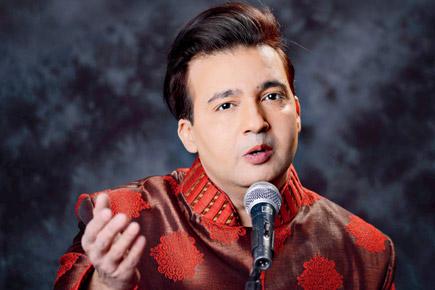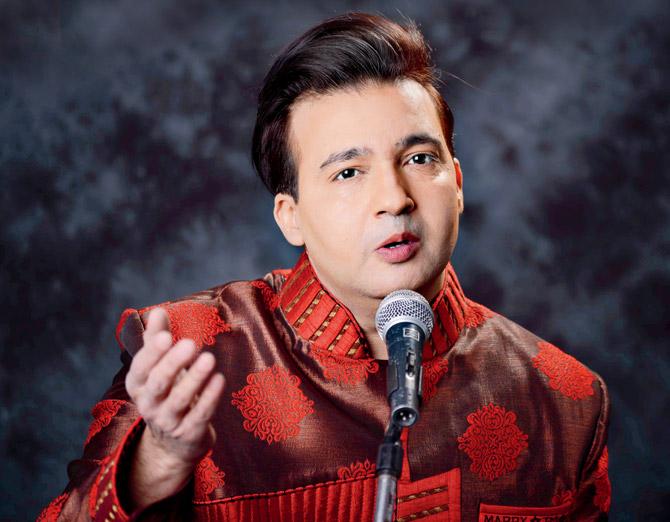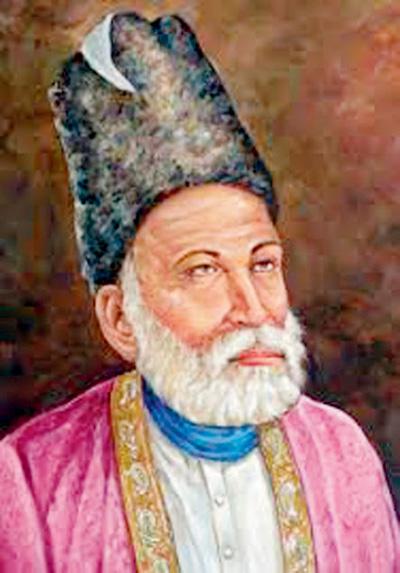Ghazals are like polished diamonds, a single stone with many facets. A single poem contains within itself a myriad of passionate smaller poems," says ghazal singer Mohammed Wakil


ADVERTISEMENT
Ghazals are like polished diamonds, a single stone with many facets. A single poem contains within itself a myriad of passionate smaller poems," says ghazal singer Mohammed Wakil. The 40-year-old’s tryst with ghazal singing began when he was all of five. "I was born into a family of maestros. My maternal uncles were Ustad Mohammed Hussain and Ustad Ahmed Hussain of Jaipur, who ensured I was initiated into it early on," he says. Years later, Wakil continues to be enamoured with the form. "Ghazals came to the Indian sub-continent from Persia in the 14th century and have adapted to the times. I feel its versatility needs to be showcased," he says. In an attempt to promote the genre, Wakil along with narrator Suhail Akhtar Warsi, will take the audience through the history and evolution of ghazal at an upcoming event at NCPA.

During Ghalib's time, the ghazals revolved around unrequited love
The concert will trace its changing trends from classics of Ghalib and Sufi poets like Siraj Aurangabadi to politically motivated progressive poets like Majrooh, Jan Nisar Akhtar and Faiz Ahmed Faiz and contemporary singers like Ghulam Ali, Mehdi Hassan, Begum Akhtar and Pankaj Udhas. "Essentially a form of romantic poetry, ghazal conveys emotions like no other form can. The format of ghazal lends itself to being composed to music and presented as a ‘song’. Due to its potential to evoke myriad human emotions, the genre has been patronised by artistes and audiences alike," says Wakil. Interestingly, ghazals have been adapted not only in regional languages like Hindi and Gujarati, but also Spanish and English.
According to Warsi, who conceptualised the show,the history of ghazal is similar to poetry in Europe, and can be largely divided into classical, revolutionary, progressive, modern and post modern. "While initially the themes were usually connected to love and longing; either a romantic desire for a mortal beloved, or a spiritual longing for communion with a higher power, the topics began to evolve with time. The romanticised version slowly gave way to social issues like sexism and freedom, which were infused with satire and humour," he adds.
 Subscribe today by clicking the link and stay updated with the latest news!" Click here!
Subscribe today by clicking the link and stay updated with the latest news!" Click here!







